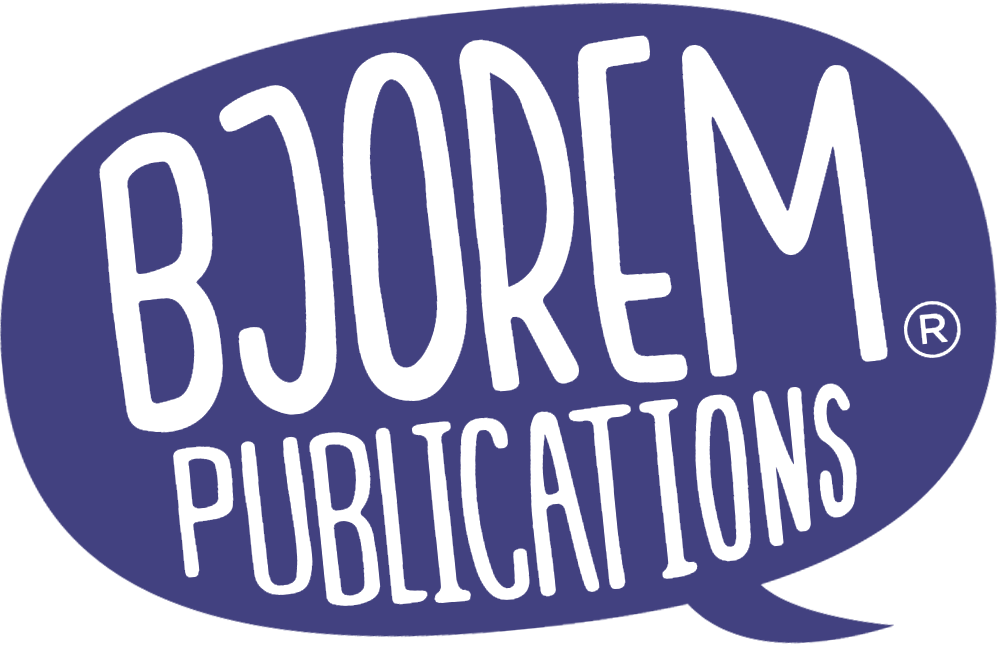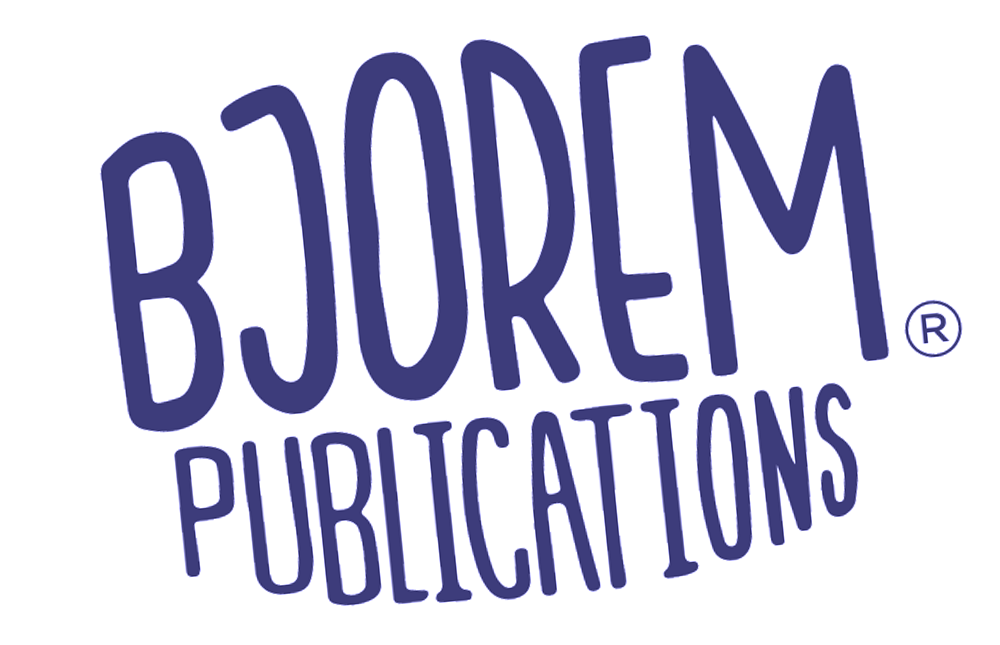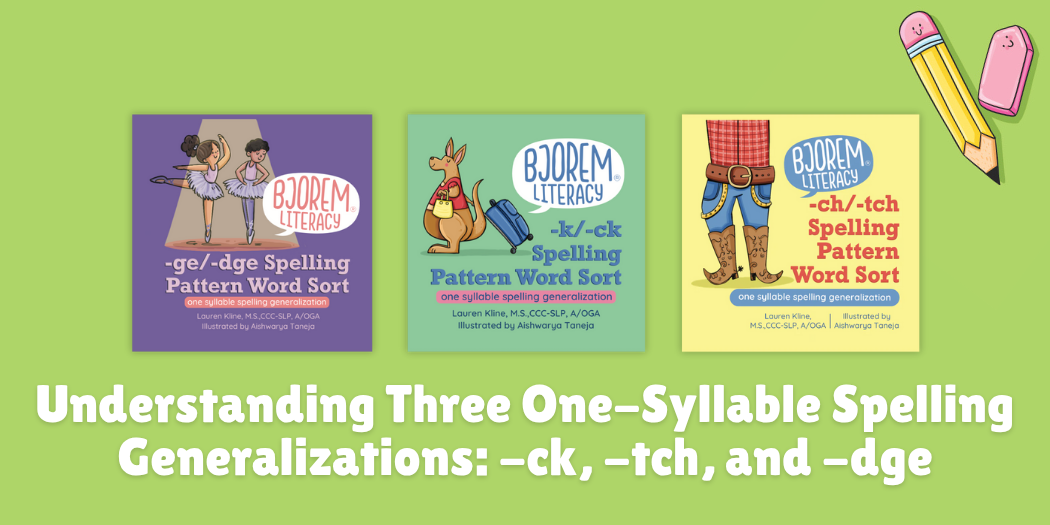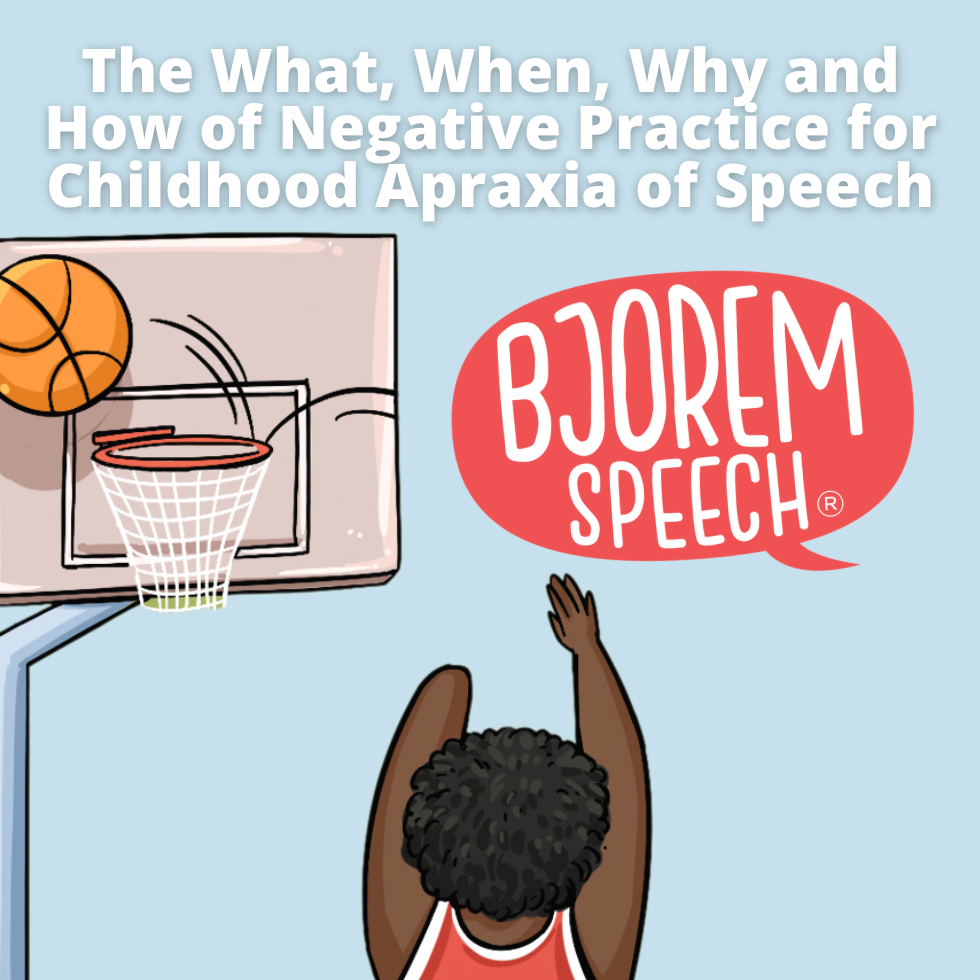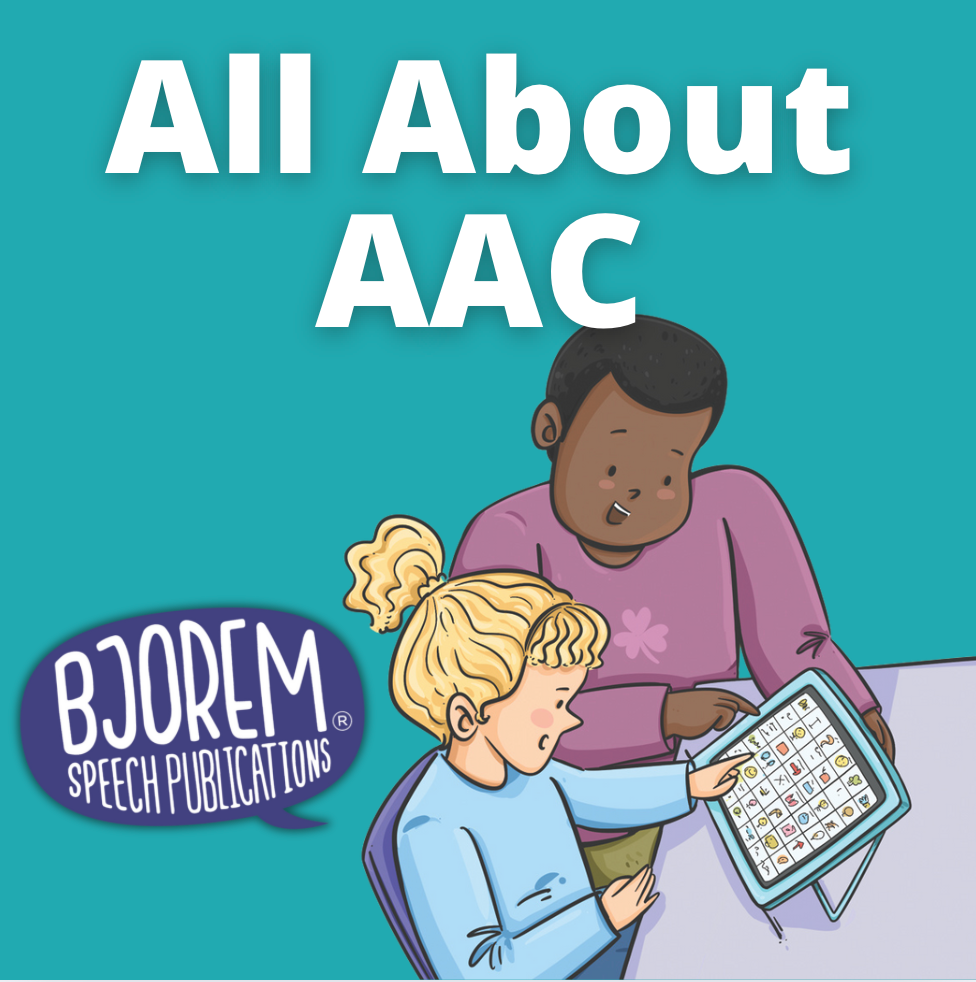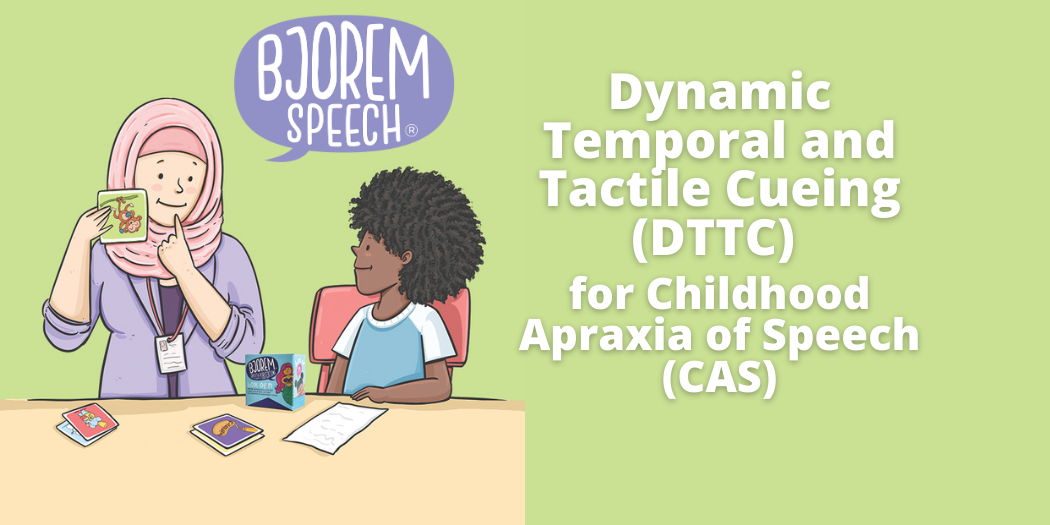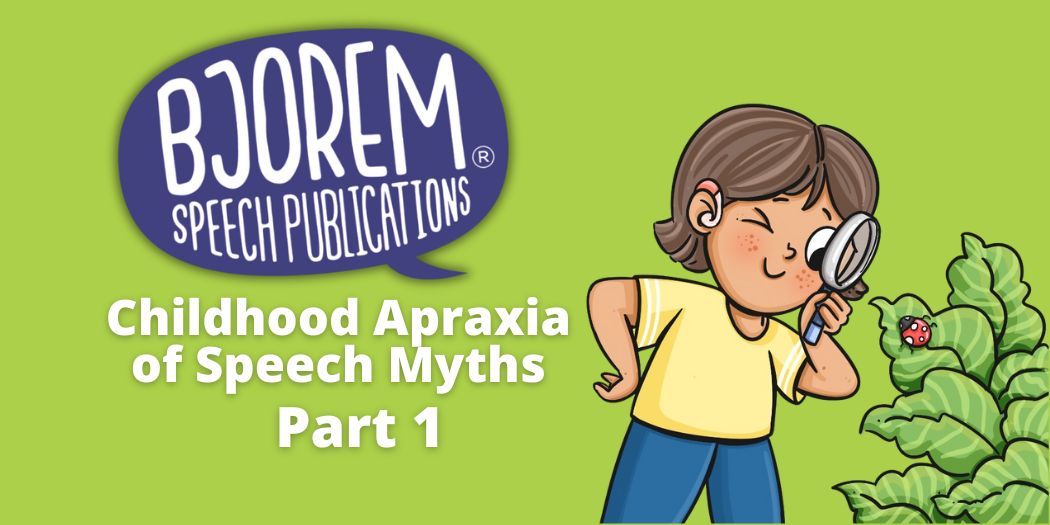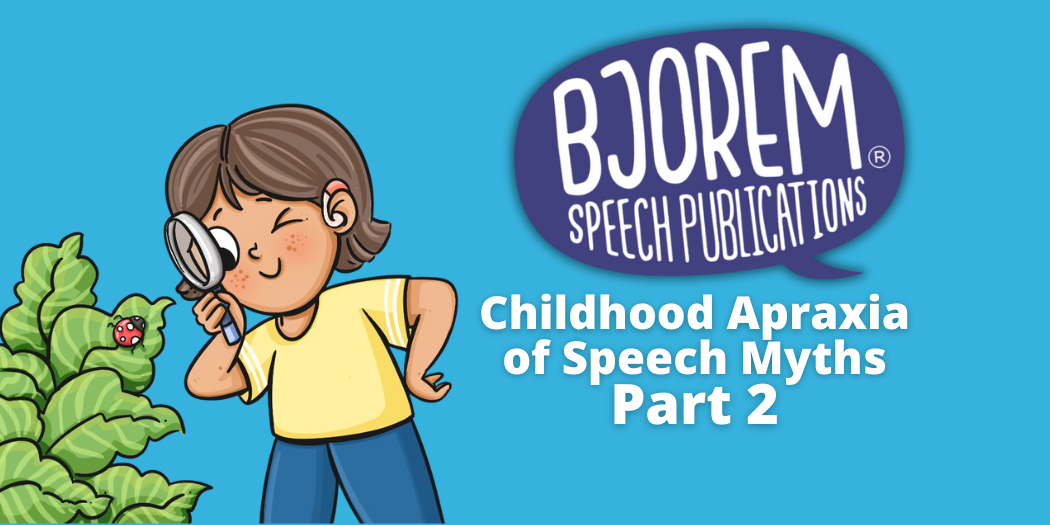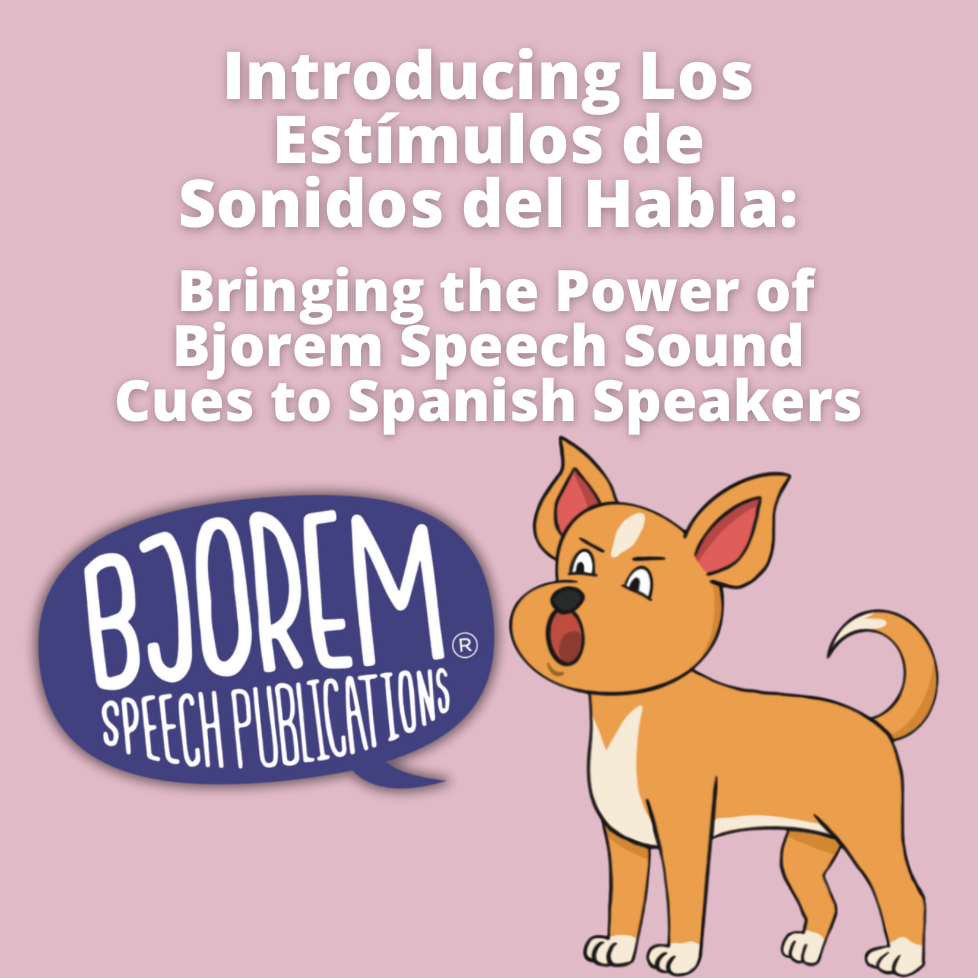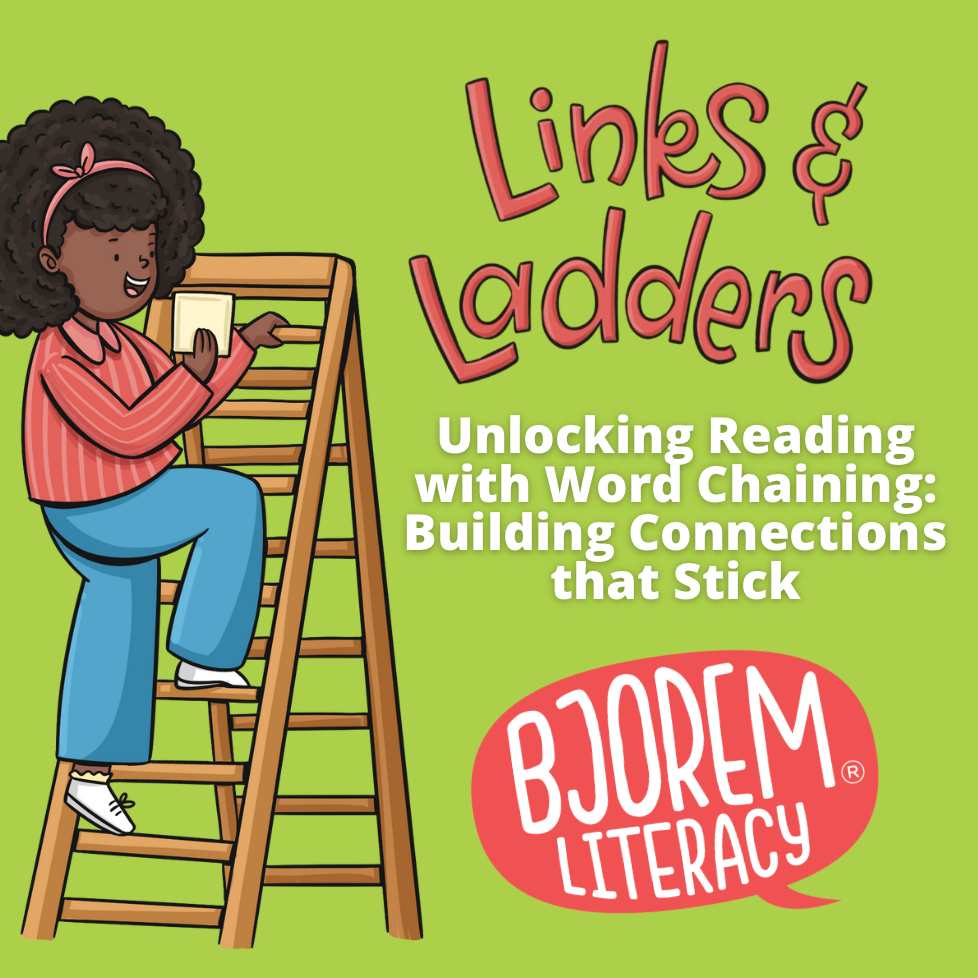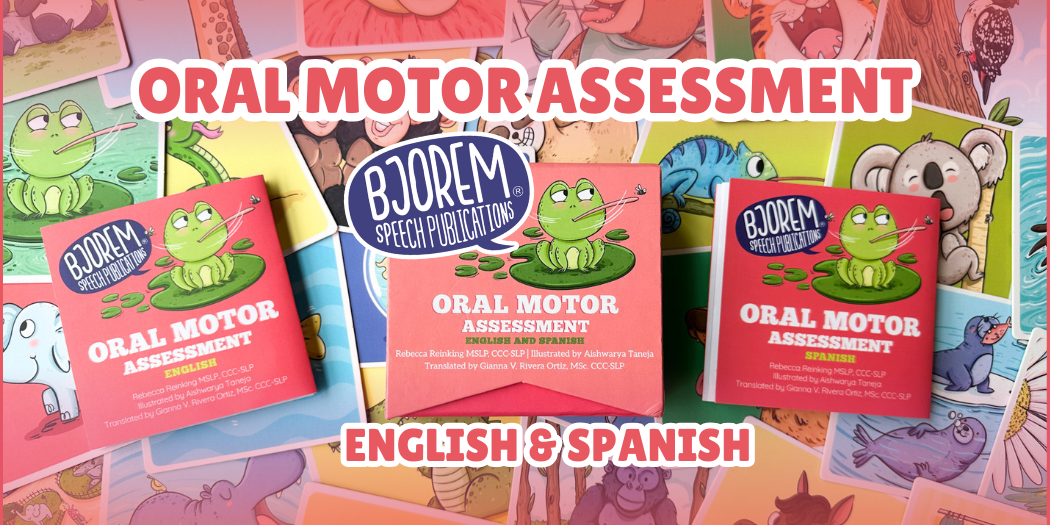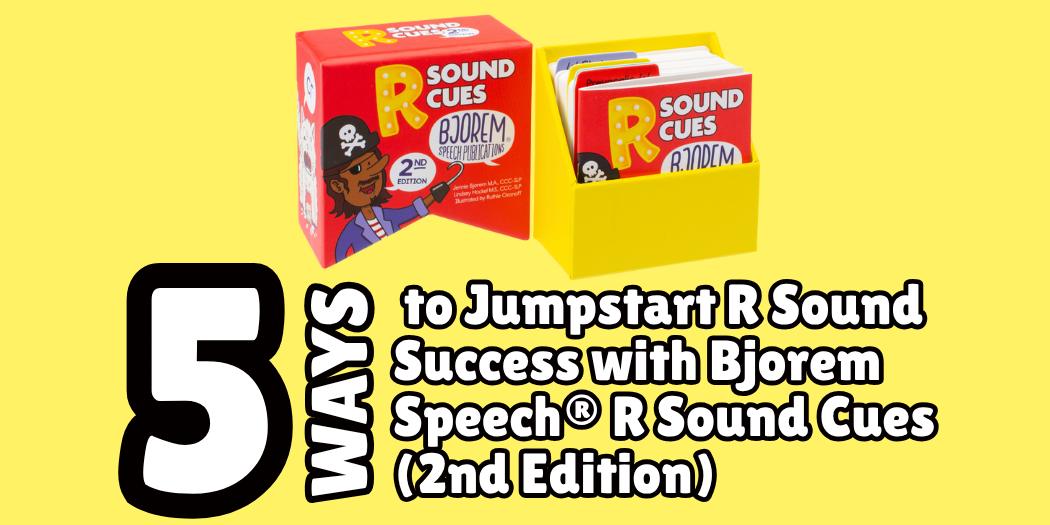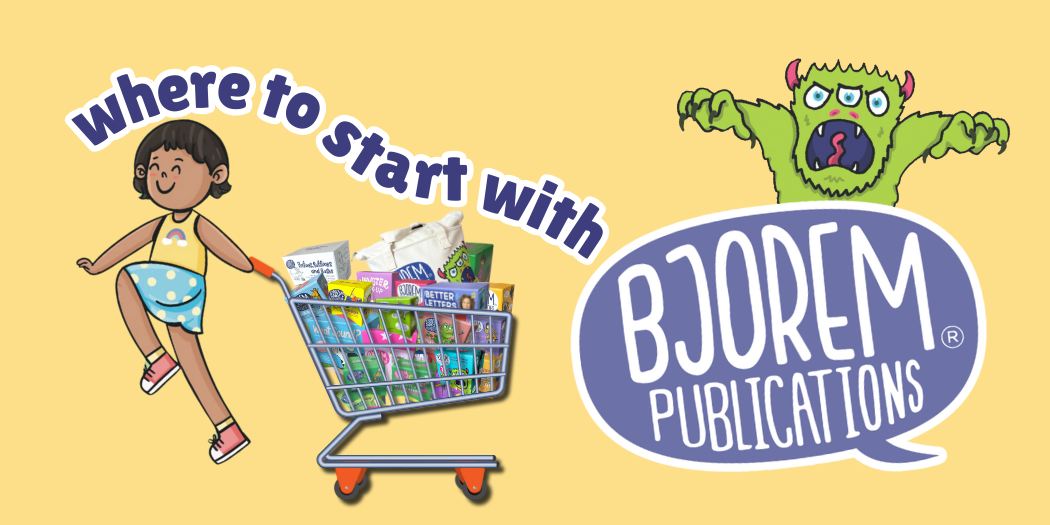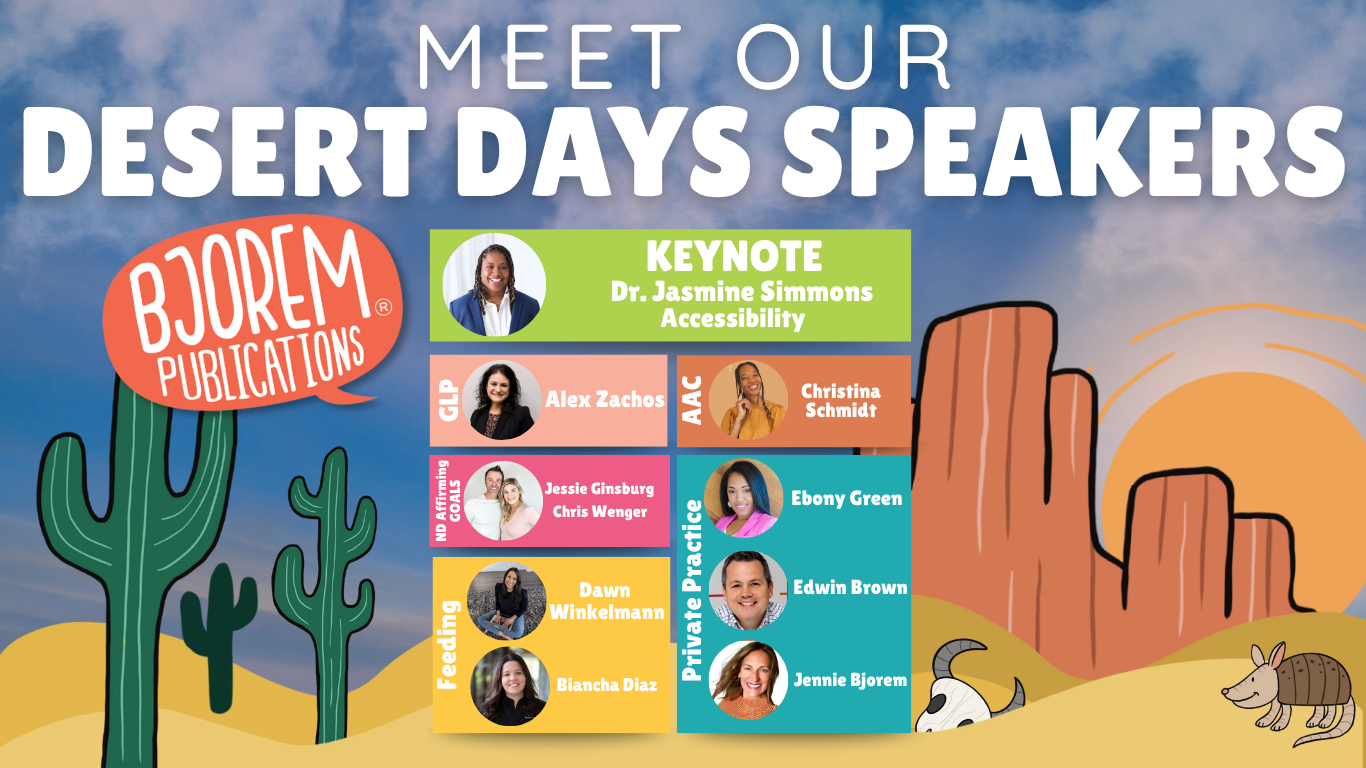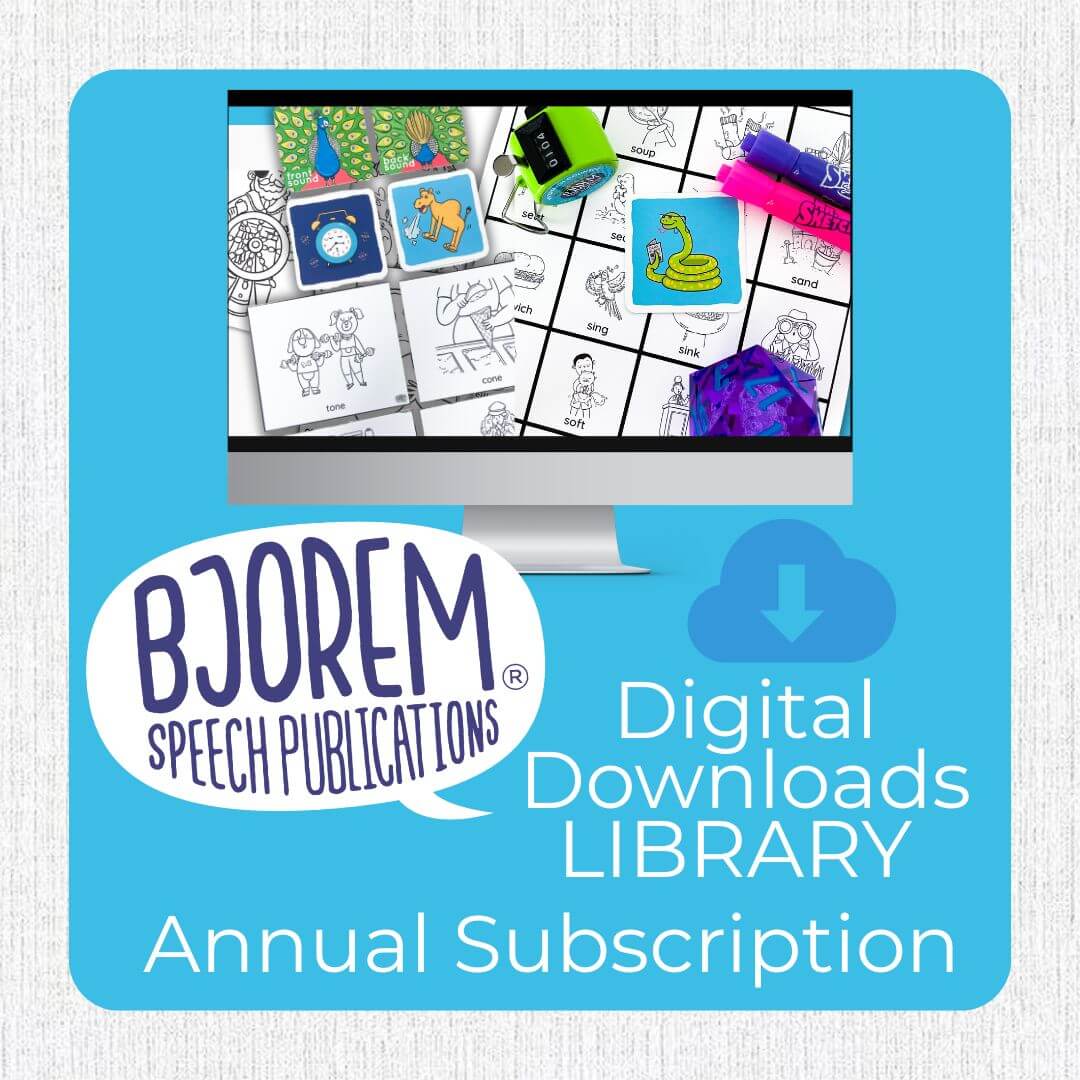
Teaching children how to read and spell can feel like solving a puzzle—but what if you had a few go-to rules to make those tricky endings a little easier? That’s exactly what these one-syllable spelling generalizations are designed to do.
Let’s talk about three spelling patterns that help children learn when to use the long or short spelling of a sound at the end of a one-syllable word:
➡️ /k/: -k vs. -ck
➡️ /tʃ/ ("ch"): -ch vs. -tch
➡️ /dʒ/ ("j"): -ge vs. -dge
These are great rules to explicitly teach and reinforce using visual supports, word sorts, and games like those in the Bjorem Literacy® Word Sort Series.

A simple way to teach these generalizations is with the phrase:
"Use the long spelling right after a short vowel."
Let’s break this down with examples and nonexamples.
🔤 /k/ Sound: -k vs. -ck
-
Use -ck at the end of a one-syllable word immediately after a short vowel.
✅ click, jack, duck -
Use -k:
-
At the beginning of a word: kite, keep
-
At the end if the vowel is long or there’s another consonant:
❌ peek (long vowel)
❌ drink (another consonant follows the vowel)
-
🔡 /tʃ/ Sound: -ch vs. -tch
-
Use -tch at the end of a one-syllable word right after a short vowel.
✅ witch, match, pitch -
Use -ch in all other cases.
❌ bench (not immediately after the vowel)
❌ beach (long vowel)
🔠 /dʒ/ Sound: -ge vs. -dge
-
Use -dge after a short vowel at the end of a one-syllable word.
✅ fudge, badge, ridge -
Use -ge in all other cases.
❌ hinge (not immediately after a short vowel)
❌ page (long vowel)

These generalizations align with the science of reading and help learners decode and encode words more accurately by building strong connections between phonemes (sounds) and graphemes (spellings). They reduce the guesswork and give children a toolkit they can apply across reading and writing tasks.
These rules are especially helpful when working with:
-
Students with dyslexia
-
Speech and language students working on phonemic awareness

Looking for an engaging way to teach these rules?
👉 Check out the Bjorem Literacy® Word Sorts for:
-
-k/-ck Spelling Pattern Word Sort (coming soon or as part of your collection!)
Each deck is built with clear visuals, examples and non-examples, and interactive activities to support learners in mastering these generalizations with confidence.
